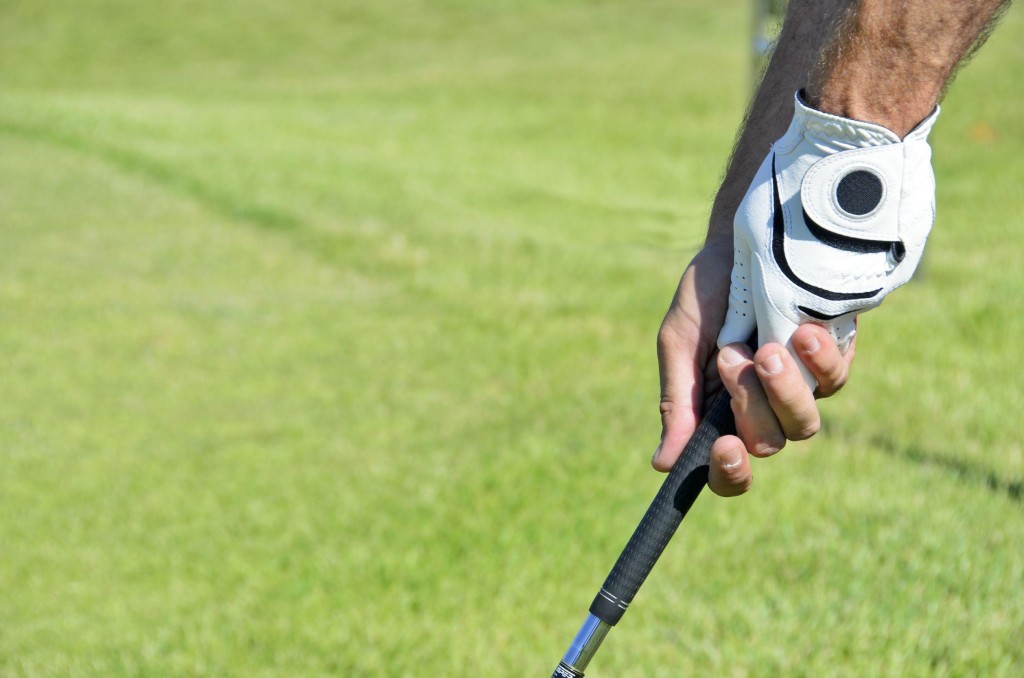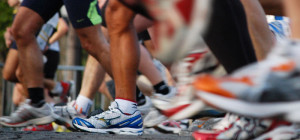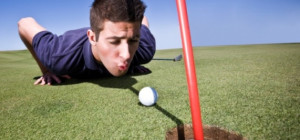Golf might not seem like the most dangerous sport to the outside observer, but the excessive strain and repetition put on a golfer's body can lead to serious injury. Each swing puts pressure on various joints, muscles, and tendons of the body, which overtime can lead to overuse injuries leaving golfers sidelined for weeks or even months. The good news is there are simple adjustments golfers can make to their game to prevent these injuries from developing. Following are the five of the most common golfing injuries and how to prevent them from developing.
Back Pain
Back pain is by far the most common injury sustained on the links, and it can also be one of the most debilitating. Our backs take on a heavy burden throughout the duration of a game of golf, from rotating during the swing to carrying heavy golf bags. Pain will typically develop in the lower back and may be accompanied by muscle spams, numbness, or weakness in the legs. Prevent back pain by warming up and practicing your golf swing before each game. The looser your back is before you play, the less likely the chance you will develop back pain.
Golfer's Elbow
Golfer's elbow is the result of overusing the muscles in the forearm used to grip, flex, and rotate your wrist and arm to swing. The repetitive flexing, gripping, and swinging causes pain and inflammation in the tendons that connect the forearm to the elbow. Pain from golfer's elbow will be focused on the inside of the elbow and forearm. Since golfer's elbow pain is the result of overuse, the best way to prevent it is to limit repetitions when pain begins to develop. You can also strengthen the muscles in your forearms to prevent them from wearing down during long games.
Shoulder Pain
The game of golf relies heavily on the muscles, tendons, and joints in the shoulders. Over time, the pressure and motion put on the shoulders can lead to overuse injuries like inflammation of the rotator cuff tendons or even traumatic injuries like strains and sprains. Prevent shoulder pain from developing during golf by allotting the necessary time to warm up before each game, as well as focus on using proper form during every swing. Building the supporting muscles in your shoulder and increasing flexibility will also prevent shoulder pain from developing during longer games.
Knee Pain
Every golfer remembers how much Tiger Wood's knee pain affected his playing a few years back, but knee pain doesn't only occur in professional golfers with powerful swings. Even the average golfer can get knee pain after excessive force and repetition is placed on the vulnerable knee joints over time. Common knee injuries caused by golfing include tears in the ACL and meniscus which can cause severe pain and affect the movement of the knee joint. Avoid knee pain on the golf course by improving the range of motion in your hips which directly affect the pressure put on your knee joints.
DeQuervain's Tendinitis
One of the most common wrist injuries in golf is DeQuervain's tendonitis, which is the inflammation of the tendons in the wrist closest to the thumb. This injury is the result of constant gripping of the club and turning of the wrist during the swing. To prevent tendinitis in the wrist, use a parallel grip alignment during your swing to prevent abnormal movement. If you use steel clubs, consider switching to graphite as the lightness of the clubs will reduce strain in the wrist during play.
Most pain resulting from golf is the result of overuse injuries rather than acute injuries, meaning pain will usually develop slowly over time. The best way to prevent injury is to listen to your body and pay attention to small pains as they begin to arise. If you begin to notice pain, take a break and allow your body to rest and recover. If you notice certain areas of your body growing tired or painful more than others, build the area's supporting muscles to reduce the chance of an overuse injury from occurring.
Dr. Kevin Christie is a Chiropractic Physician and Certified Strength & Conditioning Specialist (CSCS) in Miami, FL at Health-Fit Chiropractic & Sports Medicine where he treats college athletes, as well as professional athletes from the NFL, MLB, and NHL. Dr. Christie was appointed by Gov. Charlie Crist to the Board of Athletic Trainers as the Chiropractic Advisor. He is also part of the IRONMAN® Provider Network through A.R.T., which sets up a treatment tent for every IRONMAN event to provide treatment to athletes.









